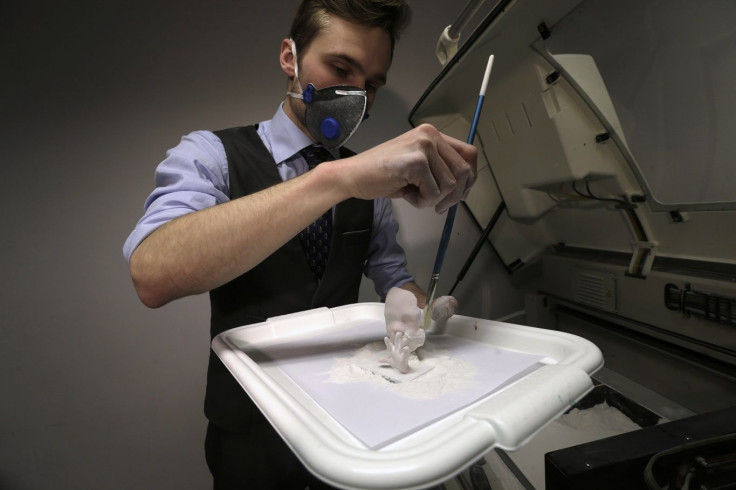3D Printing Industry Shows Strength, To Quadruple in Value by 2020

3D printing, or additive manufacturing, has gone a long way since its early applications in the 1980s. According to a market research, the industry is expected to be valued at US$20.2 billion [$25.6 billion] in 5 years based on a 44 percent computed compound annual growth rate, or CAGR.
3D printing can produce anything from actual human stem cells to airplane parts, and industries adapting the technology grow in numbers each day. Its significance on cost and weight reduction is what makes it a beneficial manufacturing trend, and 3D printing’s future certainly looks bright and filled with money.
Based on the first quarter of 2015 alone, a significant growth can already be seen in the 3D printing industry. The industry is expected to grow by 56 percent in 2015 to US$5.2 billion, a 56 percent increase from 2014’s US$4.1 billion value, according to research firm Canalys. This annual computations state that the industry holds a 44 percent CAGR, signalling a value of US$20.2 billion by 2020. Joe Kempton, Canalys’ research analyst, said that the availability and fast improvements of the technology made the increase possible.
“As we expected, the 3D printing market has grown substantially over the past few years. We have seen improving print speeds, a wider range of materials and new forms of additive manufacturing methods,” said Kempton in the firm’s official report.
Kempton added that Asia has started to produce 3D printers, challenging the dominance of 3D printer manufacturers from European countries and the United States. He further explained that more companies will appear to establish their own 3D printing niches since the industry is starting to permeate more sectors. Aerospace, automotive and the medical industry will continue to be the main sectors to adapt 3D printing. Even government sectors such as NASA has embraced the technology to lessen space exploration costs. The agency also applies 3D printing as the main driving force of a recently announced competition that allows designers to build 3D printed habitats for deep space exploration.
The industry has only been active for 29 years, with the first recorded applications in 1986. According to consultant Terry Wohlers, it is nearly impossible to find or compare another industry that has been active for such an amount of time with the growth that 3D printing has accumulated. Wohlers has been tracking the activity of the additive manufacturing industry since its beginnings in the 1980s.
The rise of the industry’s value is directly related to the accessibility of printers to various sectors. According to RT, 49 printer manufacturers from 13 countries sold 12,850 industrial 3D printing units. Smaller companies produced and sold an estimated number of 140,000 printers for US$5,000 each, meaning that even a sophisticated technology such as 3D printing has a bargain market.
3D printing uses several materials, mostly plastic and titanium, depending on the application. Titanium is used in 3D printing for space and aerospace systems, automobile, and, most importantly, for medical implants. The rise of the technology brings an increase in the global demand for titanium as an effect.
Several developing mines around the world are making sure that there is enough titanium to nurture this technology. Chile’s White Mountain Titanium Corporation (OTCQB:WMTM) lies on a rich deposit in Cerro Blanco, and aims to produce 112 million tonnes of high-grade rutile, the ore where titanium comes from. This abundance in titanium supply will ensure the development of the 3D printing technology, or as what experts say, the industry that can “rewrite” history.
Contact the writer: a.lu@ibtimes.com.au





















